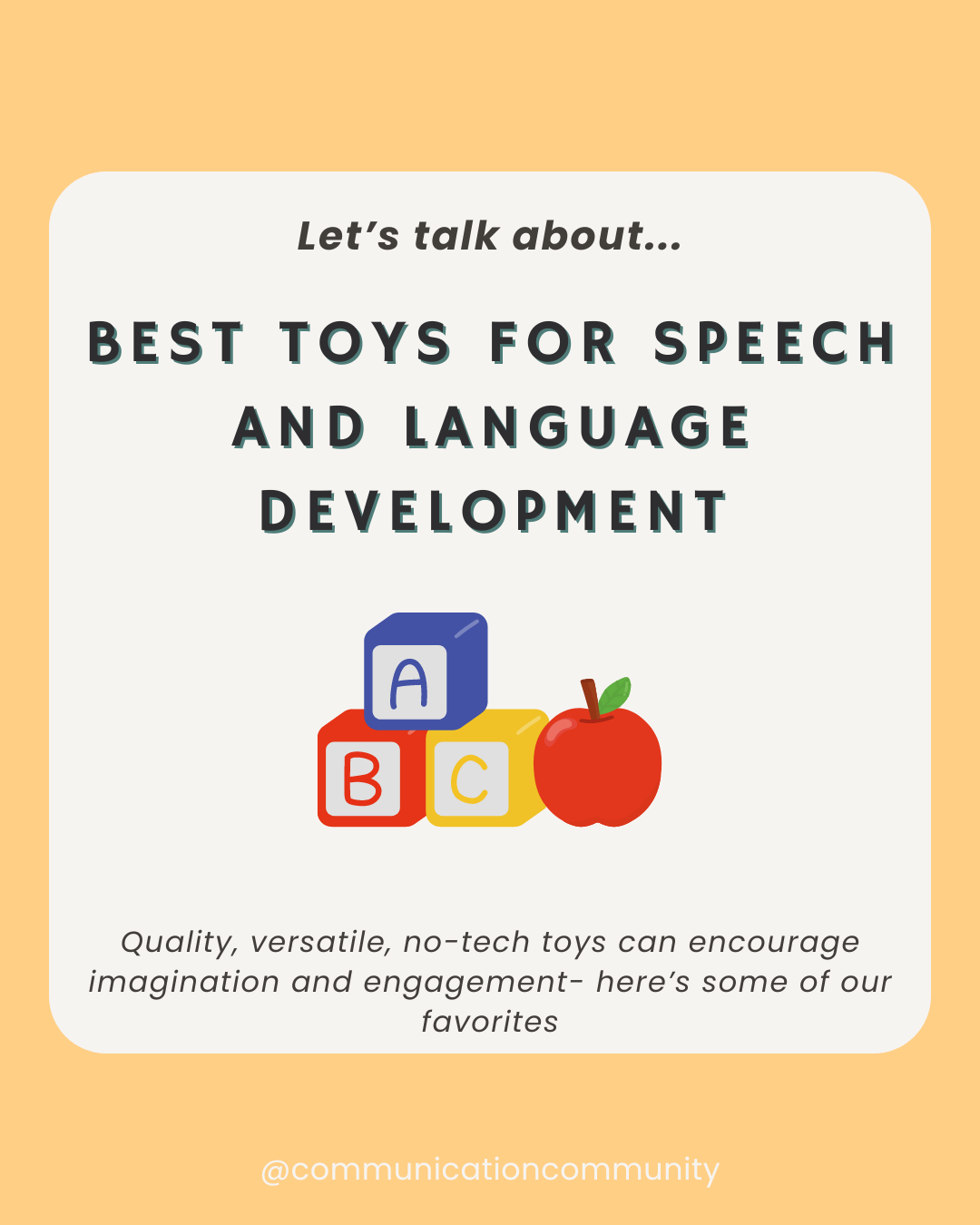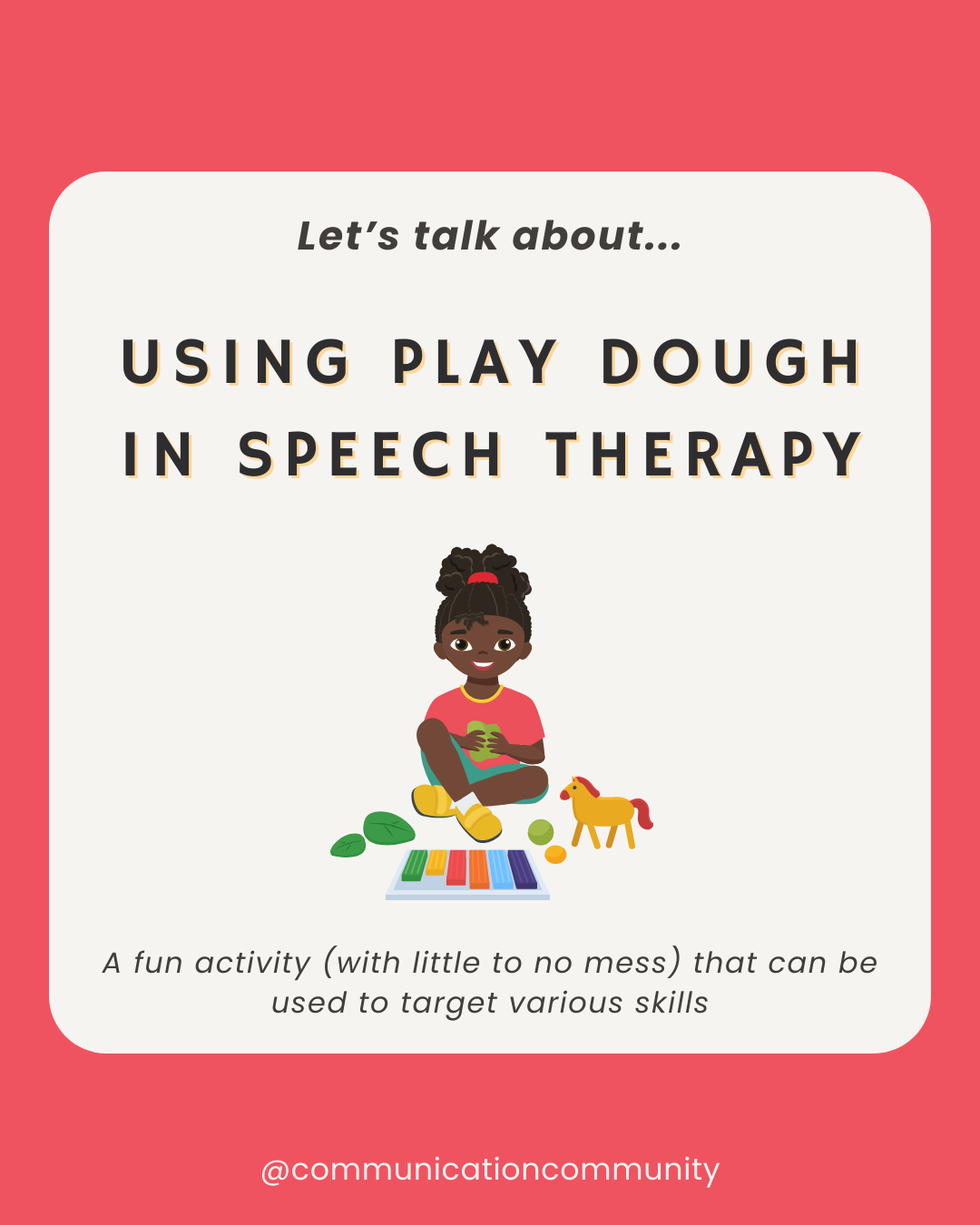One of the most enriching experiences you can give to your child is the gift of play. To have many hours of playtime each day can be very beneficial to children. However, hours upon hours of playtime does not mean that a child needs an endless amount of toys. More toys do not always mean more language!
Actually, it is quite the opposite. There are dozens of “no-tech” toys on the market that offer multiple functions and encourage your child to use their imagination. I cannot tell you how many times I substituted the perfume bottles in my grandmother’s bathroom as a family doll set or community helpers. This would not have crossed my mind if I was given a plethora of toys to choose from that all contained very deliberate functions. I am also sure that I am not the only child who can take credit for this type of imaginary play (bizarre as it may seem). What materials have your children used to achieve a fun, imaginative play setting?
What I am trying to highlight is that the qualitative piece of your child’s developing play and social skills can often be overlooked by quantitative components. Yes, parents - save your money! The quality of the play you can give to or facilitate for your child is an enormous piece to their social, cognitive, and emotional development. This speaks from a language-based perspective, as well as a cognitive-physical perspective. Think about the different motor skills required to manipulate blocks and puzzles when compared to watching a video on a tablet. While playing with blocks, your child is likely using both of their shoulders, arms, fingers, etc.; in contrast to maybe just holding a tablet or extending their index finger to watch a video. Which would you suspect elicits more of a natural, social-emotional exchange? It is not to be said that digital resources cannot be both educational and interactive; however, it should not be a substitute for toys that can be manipulated and promote hands-on engagement.
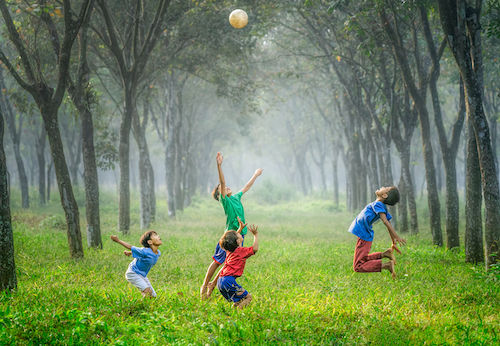
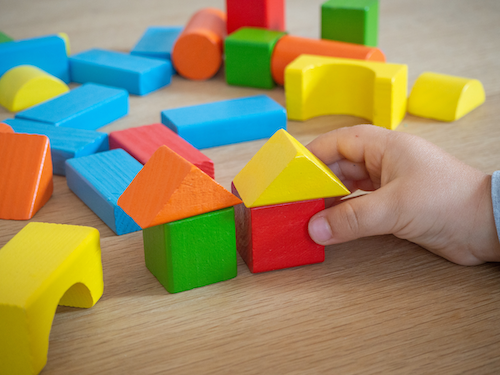
*If you want to know more information regarding play skills - check out our article outlining developmental milestones.
Below is a list of toys, in which (most) can be used for a multitude of functions and promote different levels of language development. Click on the links to see some of our favorite types of these toys! From motor development to categorical concepts, this list has got you covered*:
*Please note that toys below reflect recommendations within each approximate age range. Please read all labels advised by the U.S. Consumer Product Safety Commission to determine if the toy is safe for use.
Baby to Early Toddler (6 months to 2 years)
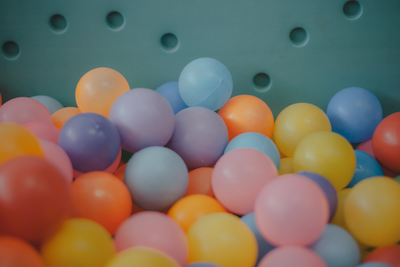
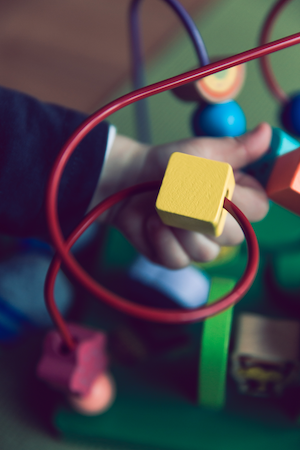
-Balls: one of the most hands-on and versatile toys you can give your child. They come in all textures and sizes and often this type of toy is one of the first to be label-generalized by children. Balls are used to pass back and forth, and help children understand early stages of turn-taking.
Balls for newborns, balls for 6 months+
-Wooden mazes: you know the ones that you used to see in the doctor’s office as a child? Yep, they are still around. They promote hand-eye coordination and early logistical concepts. They also serve as a model that objects can be linear but also have an end point.
-Wooden puzzles: They teach spatial awareness and shape recognition. Additionally, puzzles often contain some sort of categorical-related items (e.g., animals, transportation, shapes, etc.). Exposure to category concepts are important for developing language; as down the road, it gives children the foundation for cognitively-sorting information and describing as their language systems develop.
-Cause and effect toys: These toys are key for early childhood. Cause and effect toys teach your child that the actions they perform can/will affect their environment and elicit a response (e.g., shake a rattle → will produce noise). Just like specific means of communication will typically produce a response (e.g., point to bottle → mom picks up bottle to give child).
-Push and pull toys: Toys like wagons and wooden pulleys often begin to earn their appeal to your child as they approach their first birthday. They are literally toys-on-the-go, and can move with your child as they develop the strength to stand-up and begin taking steps on their own.
Mid to Older Toddler (2 to 4 years)
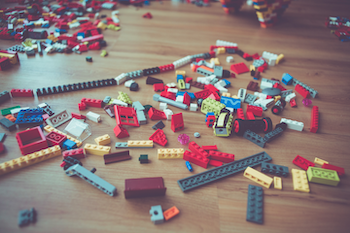
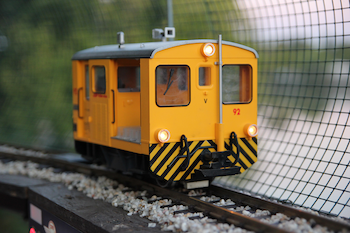
-Building materials: Kids love to build! It is one of the first exposures that your child may have to work towards an objective and achieving it (e.g., stacking pieces to make a tower). Your child may begin with simple building structures like blocks, and work up to more precise materials (e.g., Lincoln Logs) as their fine motor skills continue to develop. Some building materials include Lincoln Logs, Legos, Magna-tiles, etc.
-Sound books and puzzles: Children are drawn to these toys because they tend to be acoustically interactive, on top of all other things (more advanced cause and effect concepts). They are engaging and teach children early literacy skills, like turning the pages and print orientation. Examples of these books are included in our post all about books.
-Job sets: Jobs sets (e.g., farm set complete with stable, farmers, animals, and tractor) can be one of the largest investments when it comes to toys and games; however, think about it as purchasing one large toy with 1000 different functions. A kitchen set can be used for something as simple as labeling (naming common household items) and teaching prepositions (e.g., “Put the pan on the stove,” “Put the drink in the refrigerator”), to sequencing daily living steps (e.g., getting the materials to pour a drink).
-Transportation: It is often that when a child gets a train and/or car set, that they use it for many years. In the early years, they may enjoy rolling a car on different surfaces to understand how different textures correspond to different speeds (e.g., the car will move faster when on the hardwood when compared to on the carpet). Children also learn core words like “stop,” “go,” “fast” and “slow,” when interacting with these toys.
-Hand puppets: Puppets are often what comes to mind when we think of imaginative play. Kids enjoy using puppets because they can take on different characters and relationships. They serve as excellent models as your child is increasing their pragmatic (social) language and emotional regulation skills.
Preschool/Pre-K (4 to 5 years)
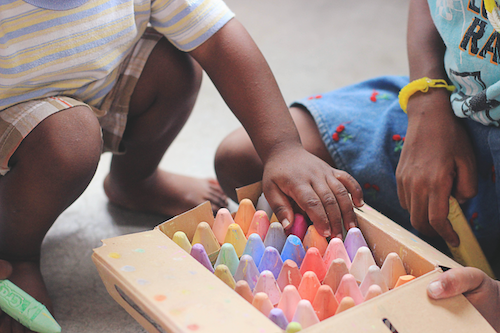
-Art supplies: You will begin to notice that as your child gets older, they will demonstrate more of a creative interest. This is also due to the fact that your child has aged to develop more patience and toleration skills. It gives them an opportunity to use their imagination and explore different mediums. Examples of art supplies include crayons, stickers, coloring books.
-Instruments: Music is another area that kids begin to take an interest in at an early age and that promotes sensory development. By blowing into a recorder or strumming a small guitar, your child is developing a sense of rhythm and patterns. Music also promotes rhyme awareness, which is also a pre-literacy skill.
-Board and card games: There are dozens of board/card games on the market, but I am talking more about the traditional games that we grew up with like Candyland and Go Fish. A game like Candyland promotes turn-taking skills, color awareness, and other pragmatic language skills that correspond with sharing and sportsmanship. Go fish teaches more critical thinking and numeric concepts (e.g., same/different, more/less, equal). Check out our big post about games, too!
-Water play: Not only is water play an enjoyable experience for all involved; there are endless ways to have liquid-fun! Swimming with your child is one of the best ways for them to obtain a lifelong (and life-saving) skill and promote core gross motor development. They are also learning physical concepts, such as what their bodies do when they blow out bubbles or turn onto their back. That also goes with manipulating toys (e.g., determining which toys do/do not float).
-Baby dolls: Dolls and other manipulative figures can be a great tool as your child increases their interpersonal skills. They will often model or imitate interactions that they have seen in everyday life. As your child’s social language increases, so will their interpersonal skills and understanding of emotional states. Interacting or “taking care” of a doll promotes a sense of responsibility and compassion.
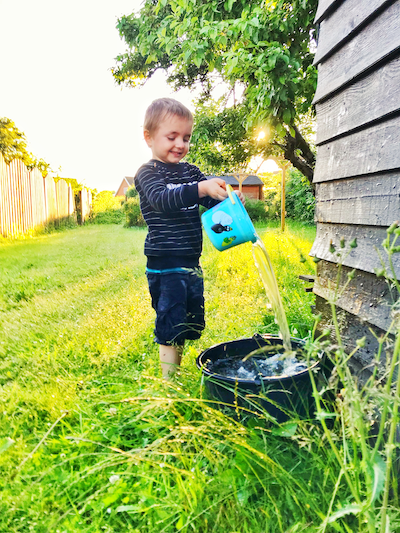
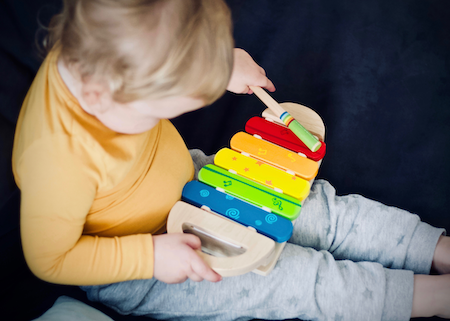
These are just a few of the many cognitively-enriching toys out on the market. Most of the items listed reflect tangible, hands-on toys that children can use within multiple contexts and environments. This facilitates more opportunity for your child to playfully engage with the objects around them; whether it is fun solo, with peers, or with an adult.
Although they were mentioned only briefly in this list, one of my most favorite and highest recommended “toys” are books! See our other article highlighting some of the best types of books for young ones.
This post contains some affiliate links and we may be (slightly) compensated if you use them, but all opinions are our own. We appreciate the support!
Citations/further resources:
http://argumentum.unideb.hu/2013-anyagok/kulonszam/06_gyorig.pdf

